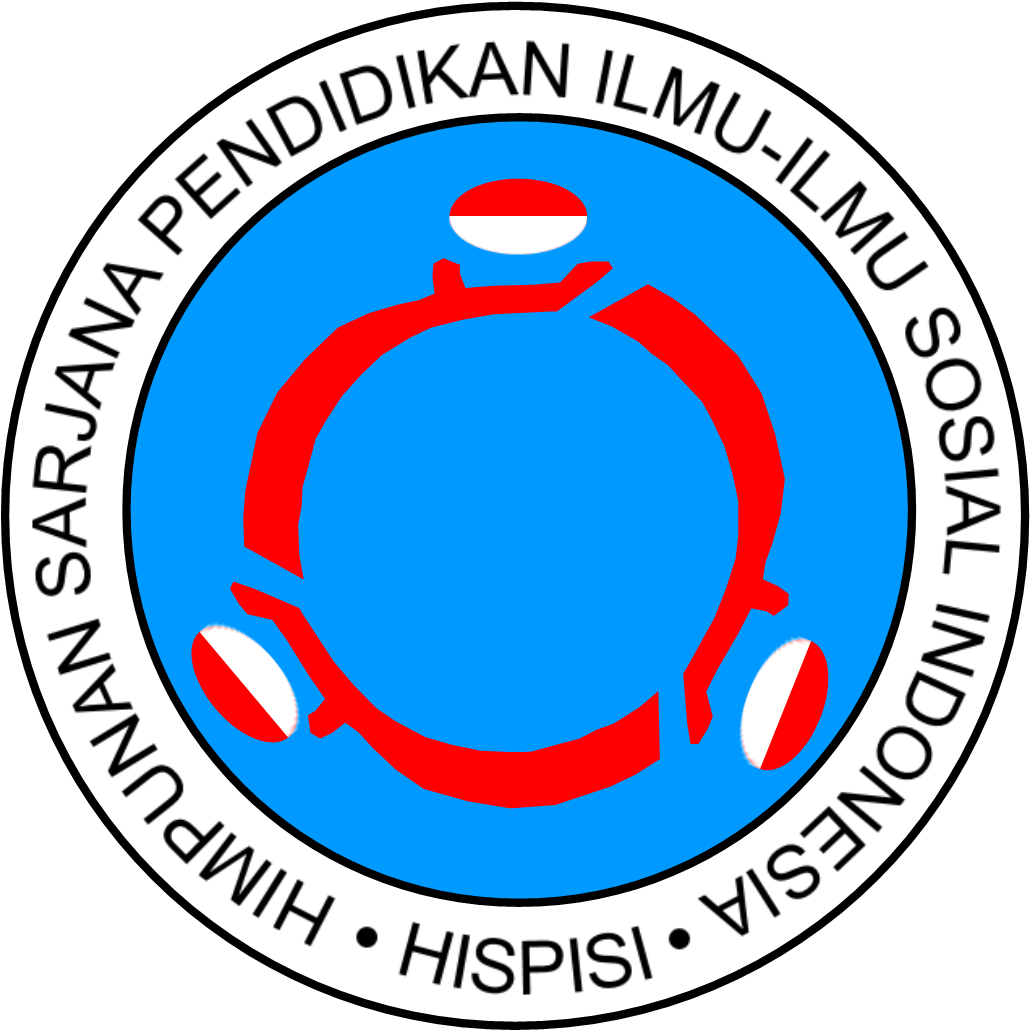Updating Small Working Area Statistics Mapping Using High-Resolution Image Data: A Case Study to facilitate population calculation in Batam Municipality, Indonesia
Abstract
Keywords
Full Text:
PDFReferences
Ahmad, S., and Kim, D. H. (2020). Quantum GIS based descriptive and predictive data analysis for effective planning of waste management. Ieee Access, 8(8), 46193-46205.
Chandler, B. M., Lovell, H., Boston, C. M., Lukas, S., Barr, I. D., Benediktsson, Í. Ö., ... and Stroeven, A. P. (2018). Glacial geomorphological mapping: A review of approaches and frameworks for best practice. Earth-Science Reviews, 185(21), 806-846.
Gonzalez-Partida, J. T., Almorox-Gonzalez, P., Burgos-Garcia, M., and Dorta-Naranjo, B. P. (2008). SAR system for UAV operation with motion error compensation beyond the resolution cell. Sensors, 8(5), 3384-3405.
Gustiawan, T. (2018). Analisis kinerja dinas kependudukan dan catatan sipil dalam pelayanan kartu keluarga (KK) dan kartu tanda penduduk (KTP) di kota Medan. Jurnal Publik Reform, 4(4), 48-60.
Inayah, N., Sobatnu, F., Irawan, F. A., dan Sari, D. N. I. (2018). Pembuatan peta blok RT desa bingkulu kecamatan Tambang Ulang. Jurnal impact: implementation and Action, 1(1), 65-73.
Kusumaningrat, M. D., Subiyanto, S., dan Yuwono, B. D. (2017). Analisis perubahan penggunaan dan pemanfaatan lahan terhadap rencana tata ruang wilayah tahun 2009 dan 2017 (Studi kasus: Kabupaten Boyolali). Jurnal Geodesi Undip, 6(4), 443-452.
Kwan, P., Hardiyanto, W. T., dan Setyawan, D. (2015). Upaya pemerintah desa dalam meningkatkan kualitas pelayanan pada masyarakat. Jurnal Ilmu Sosial dan Ilmu Politik (JISIP), 2(2). 25-28.
Li, L., and Lu, D. (2016). Mapping population density distribution at multiple scales in Zhejiang Province using Landsat Thematic Mapper and census data. International Journal of Remote Sensing, 37(18), 4243-4260.
Markiewicz, J., Abratkiewicz, K., Gromek, A., Ostrowski, W., Samczyński, P., and Gromek, D. (2019). Geometrical matching of SAR and optical images utilizing ASIFT features for SAR-based navigation aided systems. Sensors, 19(24), 5500-5510.
Mossoux, S., Kervyn, M., Soulé, H., and Canters, F. (2018). Mapping population distribution from high resolution remotely sensed imagery in a data poor setting. Remote Sensing, 10(9), 1-20.
Nanggung, U. A., Ismail, I., dan Juharni, J. (2020). Kinerja pelayanan publik dinas kependudukan dan pencatatan sipil kabupaten sinjai:(studi kasus pada pelayanan kartu keluarga dan e-ktp). Jurnal Paradigma Administrasi Negara, 2(2), 100-106.
Napieralski, J., Harbor, J., and Li, Y. (2007). Glacial geomorphology and geographic information systems. Earth-Science Reviews, 85(1-2), 1-22.
Nasution, A. (2018). Penyelenggaraan pengukuran tingkat kemiskinan di badan pusat statistik: pendekatan teori jejaring-aktor. Jurnal Sosioteknologi, 17(1), 154-170.
Porter, L., Fields, D., Landau-Ward, A., Rogers, D., Sadowski, J., Maalsen, S., ... and Bates, L. K. (2019). Planning, land and housing in the digital data revolution/the politics of digital transformations of housing/digital innovations, PropTech and housing–the view from Melbourne/digital housing and renters: disrupting the Australian rental bond system and Tenant Advocacy/Prospects for an Intelligent Planning System/What are the Prospects for a Politically Intelligent Planning System?. Planning Theory and Practice, 20(4), 575-603.
Ramadhani, S. A., Bennett, R. M., and Nex, F. C. (2018). Exploring UAV in Indonesian cadastral boundary data acquisition. Earth science informatics, 11(1), 129-146.
Rehman, A., Jingdong, L., Chandio, A. A., and Hussain, I. (2017). Livestock production and population census in Pakistan: Determining their relationship with agricultural GDP using econometric analysis. Information Processing in Agriculture, 4(2), 168-177.
Robial, D. F. (2015). Peran pemerintah kelurahan dalam mewujudkan kepemerintahan yang baik (Studi di kelurahan Sawang Bendar kecamatan Tahuna kabupaten Sangihe). Politico: Jurnal Ilmu Politik, 1(7), 1137-1151.
Salim, M. B., Nugraha, A. L., and Awaluddin, M. (2018). Desain aplikasi peta desa Katonsari, kecamatan Demak, kabupaten Demak berbasis webgis. Jurnal Geodesi Undip, 7(2), 42-52.
Setiadi, I. M. D., Piarsa, I. N., Made, N., and Marini, I. (2015). Sistem informasi geografis pemetaan tingkat pertumbuhan penduduk berbasis web. MERPATI, 3(3), 180-189.
Silvan-Cardenas, J. L., Wang, L., Rogerson, P., Wu, C., Feng, T., and Kamphaus, B. D. (2010). Assessing fine-spatial-resolution remote sensing for small-area population estimation. International Journal of Remote Sensing, 31(21), 5605-5634.
Smith, M. J., Rose, J., and Booth, S. (2006). Geomorphological mapping of glacial landforms from remotely sensed data: an evaluation of the principal data sources and an assessment of their quality. Geomorphology, 76(2), 148-165.
DOI: https://doi.org/10.17509/jpis.v29i2.28170
Refbacks
- There are currently no refbacks.
Copyright (c) 2020 Wenang Anurogo, Fitri Annisa, Dwi Anjen Setia Wulandari, Geubrina Tari Bacut, Satriya Bayu Aji, Adi Darmanto

This work is licensed under a Creative Commons Attribution-NonCommercial-ShareAlike 4.0 International License.














